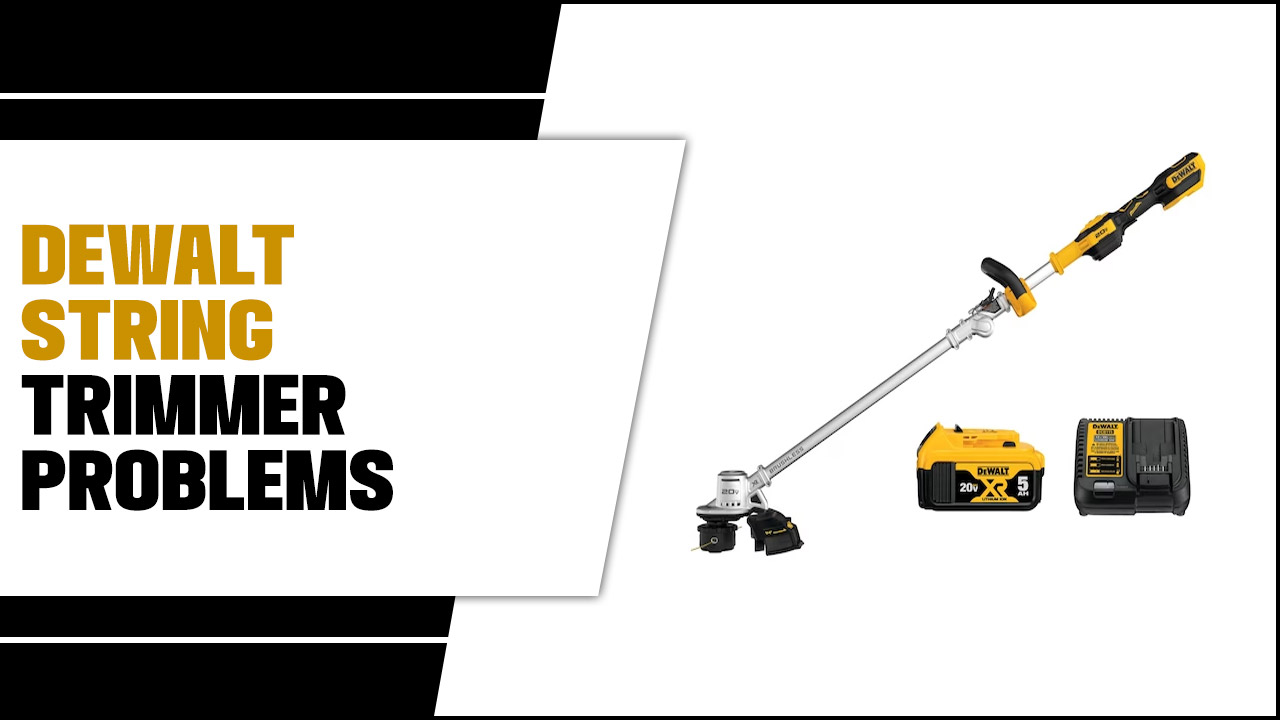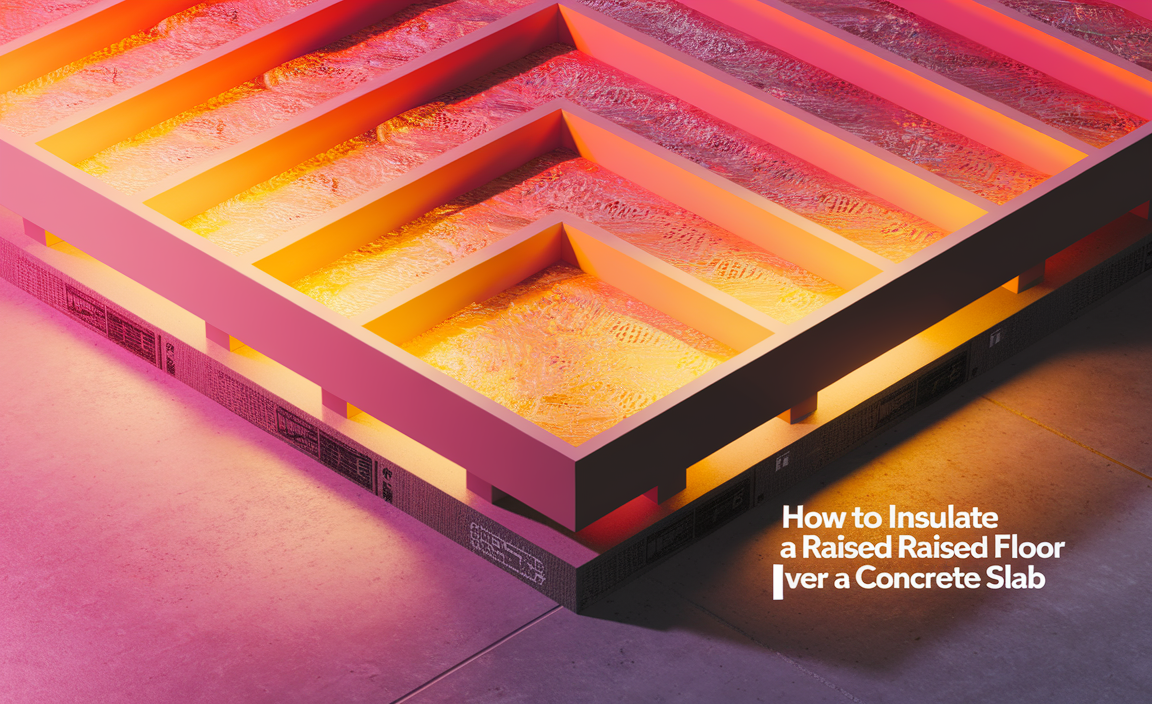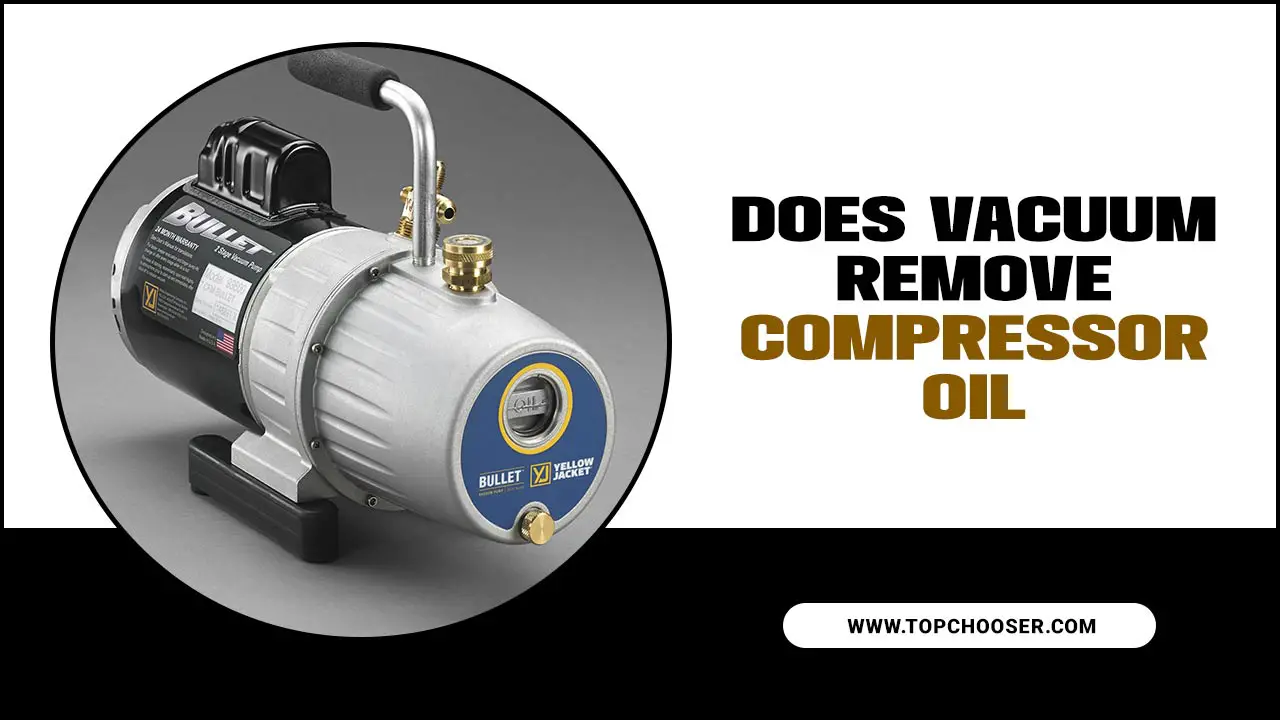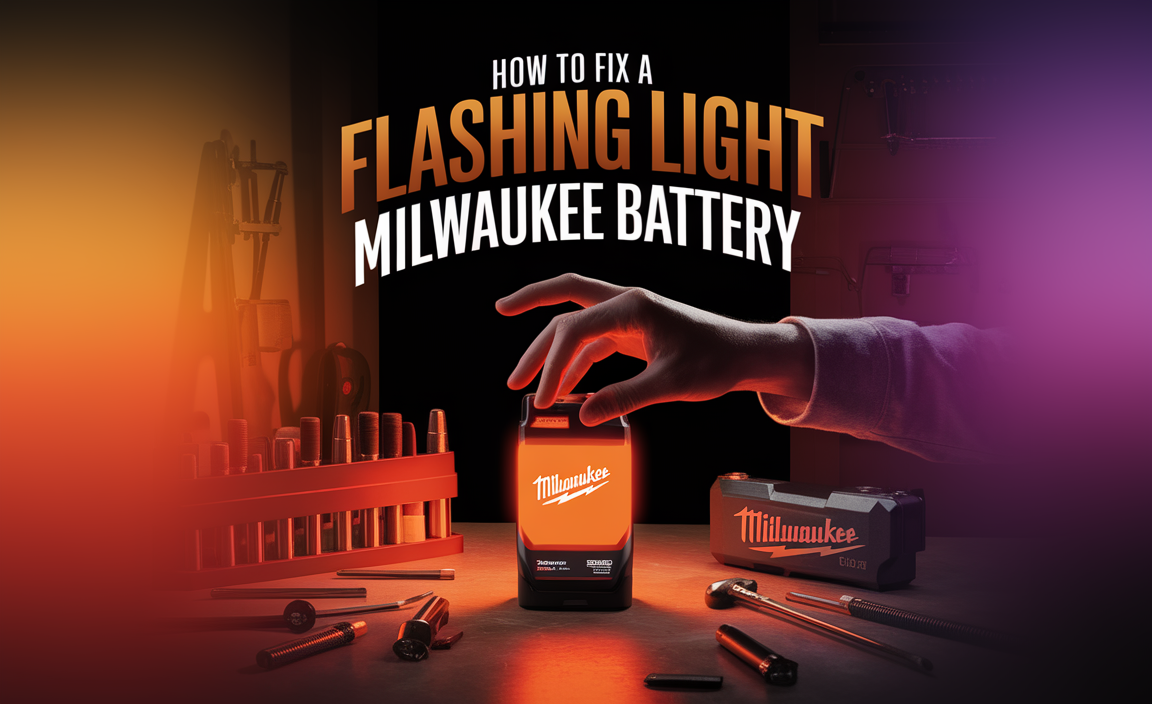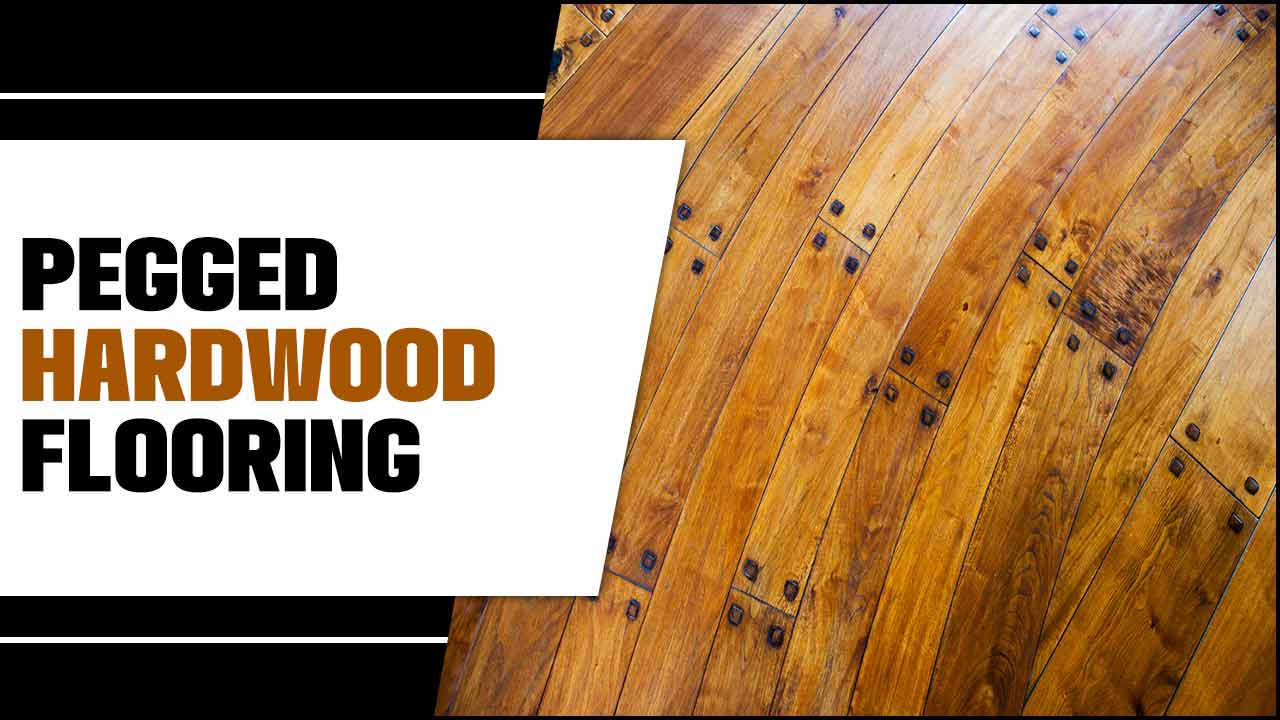Have you ever wondered how to make a ceiling fan hang lower? Or why some fans seem closer to the floor? The answer often lies in a simple piece called a downrod. A downrod is a metal pole that connects a ceiling fan to the ceiling. It helps in adjusting the height of the fan. This is important for moving air more effectively.
Imagine a hot summer day, and you want cool air blowing around. If your ceiling fan is too high, it might not work well. That’s where a downrod comes in handy. It can lower the fan to the perfect level, helping everyone feel comfortable.
Did you know that some people use longer downrods for aesthetic reasons? It can create a stylish look in a room. With the right downrod, your fan can really shine. Let’s explore what a downrod is, why it matters, and how it can change your space.
What Is A Downrod? Understanding Its Purpose And Use
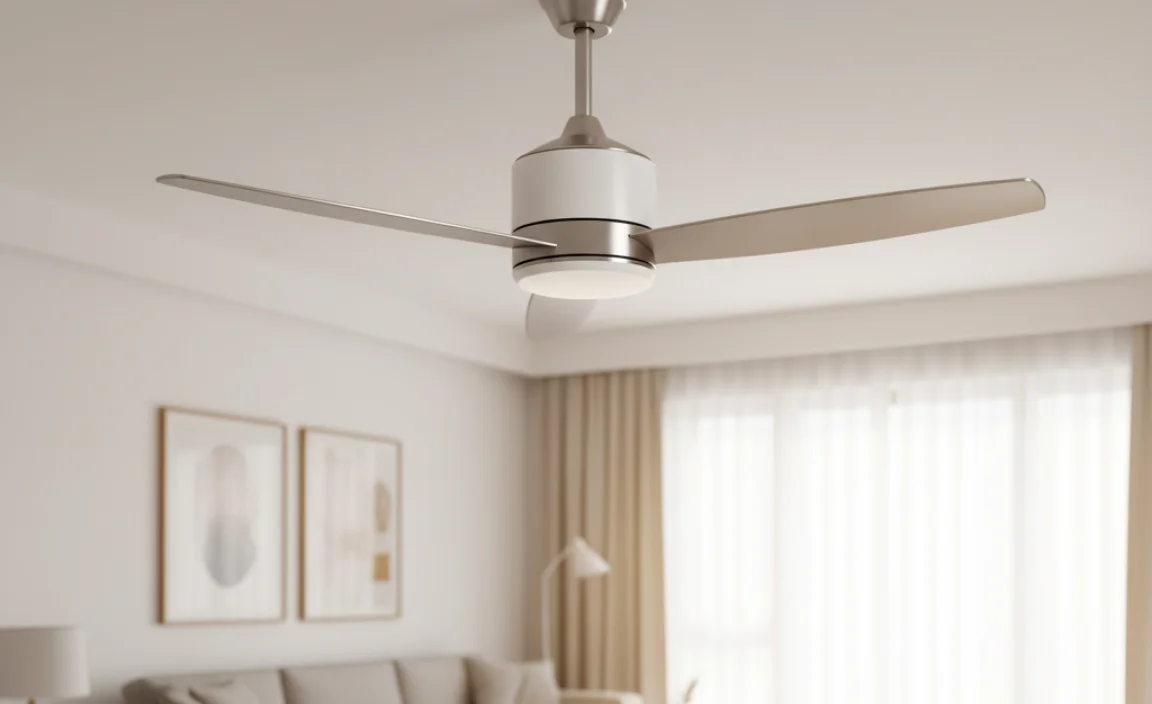
What is a Downrod?
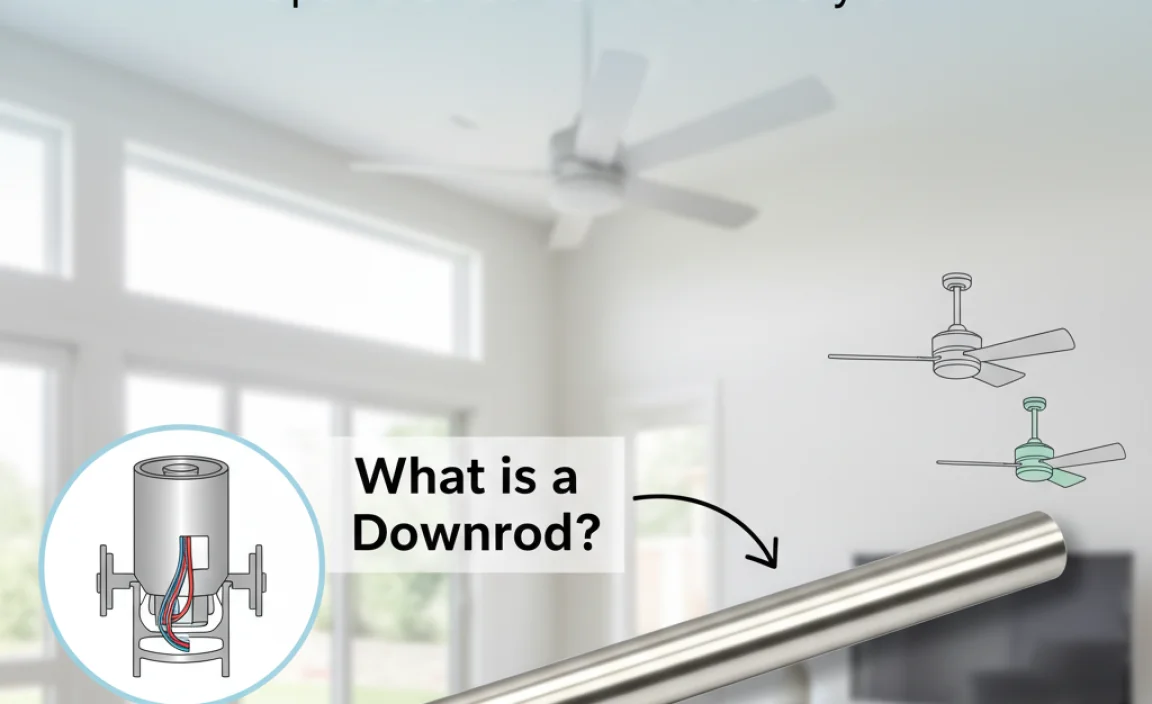
A downrod is a simple yet essential tool for ceiling fans. It helps to lower the fan from the ceiling, making it more efficient in circulating air. Did you know that using a downrod can actually improve airflow by placing the fan closer to people? There are different lengths available, so you can pick one that fits your room perfectly. Whether you have high ceilings or just want a stylish look, a downrod is key for a cozy home.
What is a Downrod?
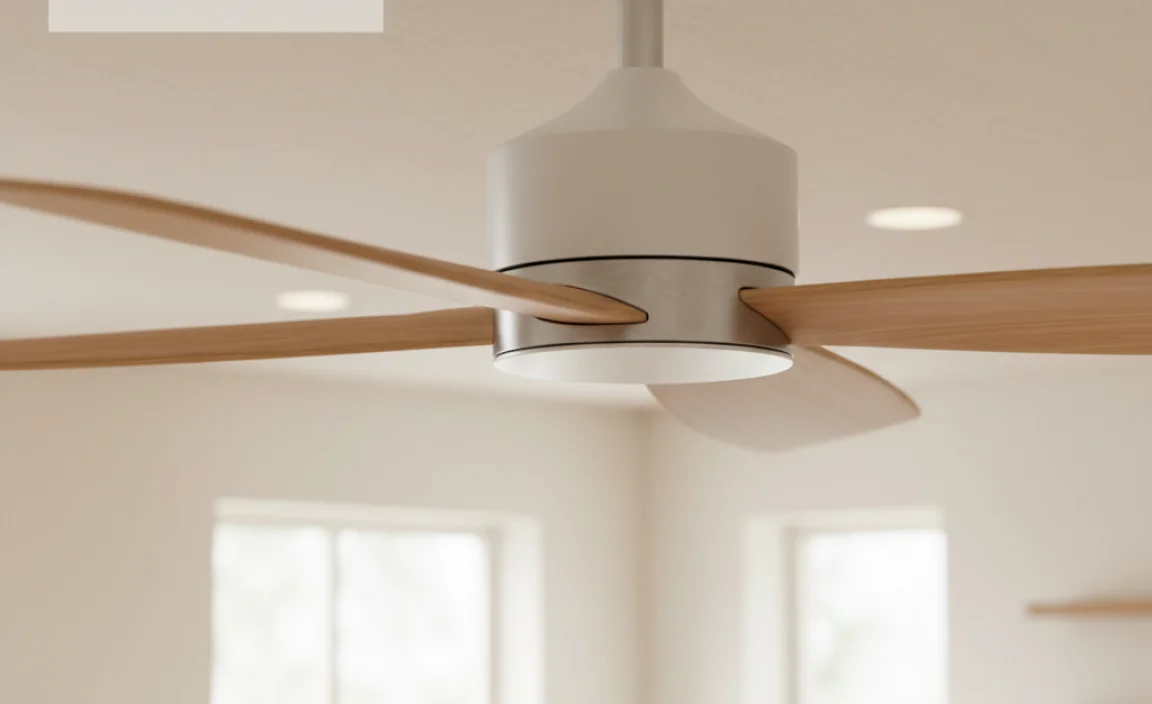
Definition and function of a downrod. Common materials used in downrod manufacturing.
A downrod is a simple yet important tool. It connects a ceiling fan to the ceiling. This helps the fan hang lower, allowing for better airflow. Without it, the fan would be too close to the ceiling to work well.
Common materials used for downrods include:
- Metal
- Wood
- Plastic
These materials make downrods sturdy and reliable. They also come in various lengths to suit different ceiling heights. So, if you want your ceiling fan to work its best, a good downrod is the key!
What are the advantages of using a downrod?
A downrod can make your fan cooler and quieter. It helps the fan distribute air evenly. With the right length, it can even enhance your room’s style!
Types of Downrods
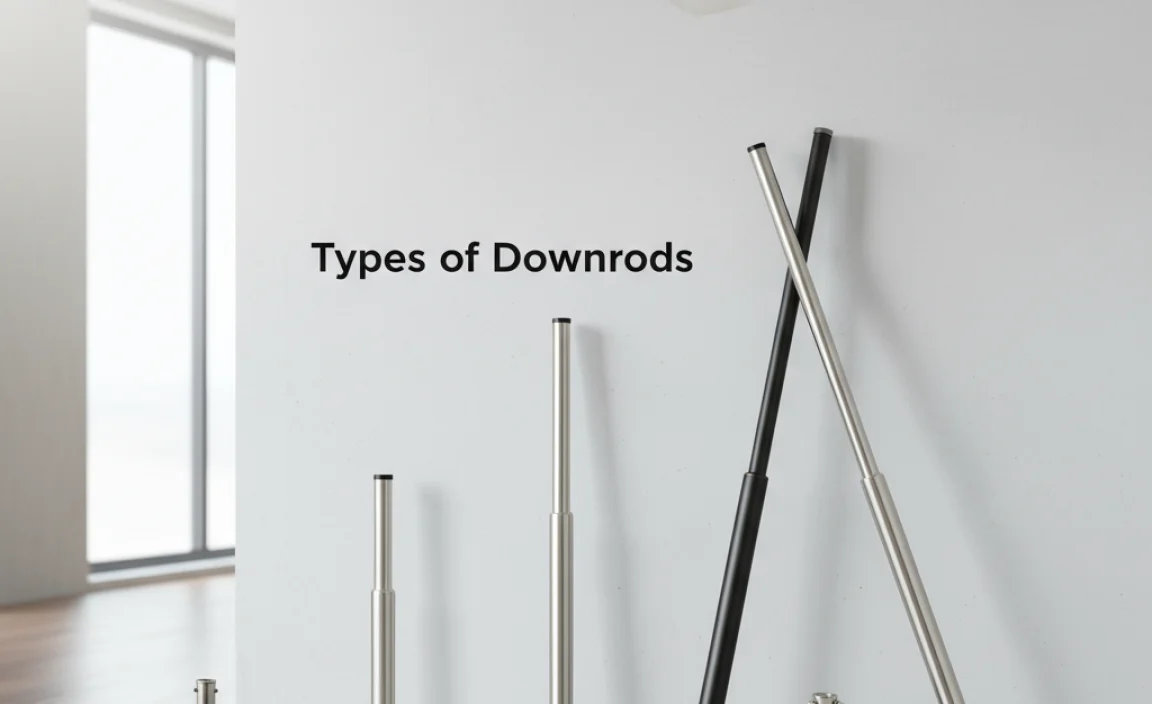
Standard downrods: Variations in length and design. Extendable downrods: Enhancing adjustability.
There are two main types of downrods. The first is the standard downrod. These come in different lengths and designs. You can choose one that fits your ceiling height perfectly. Next is the extendable downrod. This type is adjustable, allowing you to change its length. This feature is great if you’re unsure about the best height. You can easily modify it as needed for comfort and style.
What are standard and extendable downrods?
Standard downrods vary in length and style, while extendable downrods allow for length adjustments to suit your needs.
Applications of Downrods

Use in ceiling fans: Enhancing airflow and style. Integration in lighting fixtures: Aesthetic and functional benefits.
Downrods have fun uses in homes. They help ceiling fans work better by pulling air down. This keeps rooms cool and fresh. Plus, they come in different styles to match your home décor. They also benefit lighting fixtures. They can add style and keep the light at the right height. This makes rooms look nice and bright. People love how downrods make their spaces comfy and attractive!
What are the benefits of using downrods?
Using downrods can improve airflow and add style to your home. They keep ceiling fans efficient and make lights look great at the right height.
Fun facts about downrods:
- They help cool large rooms effectively.
- Different lengths fit various ceiling heights.
- They come in many colors and designs.
Choosing the Right Downrod
Length considerations: Optimal height for ceiling fans. Style and finish options: Matching decor and utility.
Getting the perfect downrod for your ceiling fan is like finding the right pair of socks—important for comfort and style! First, think about length. The optimal height for ceiling fans is around 7 to 9 feet from the floor. This helps the fan do its job without causing a breeze that messes up your hairdo!
Next, style matters. The downrod should match your decor. If your room is modern, a sleek metallic finish works wonders. If it’s cozy and rustic, wood finishes are charming. Remember, a fan can be functional and fashionable!
| Length | Style Options |
|---|---|
| 7-9 feet preferred | Metallic or wooden finishes |
| Too high? Less airflow! | Match with room decor |
Installation of Downrods
Stepbystep installation process for ceiling fans. Safety tips and best practices during installation.
Installing a ceiling fan with a downrod can be fun and tricky, like assembling a puzzle in the dark! First, always turn off the power to avoid any shocking surprises. Then, gather your tools: a screwdriver, pliers, and a ladder. Next, follow these steps:
| Step | Description |
|---|---|
| 1 | Attach the downrod to the fan motor. |
| 2 | Secure the downrod using screws. |
| 3 | Hang the fan from the ceiling bracket. |
| 4 | Connect the wires safely. |
| 5 | Restore power and test your fan. |
Remember, safety first! If you feel unsure, ask a buddy for help. They might even bring snacks! Happy installing!
Maintenance and Care for Downrods
Cleaning and upkeep recommendations. Troubleshooting common issues.
To keep your downrod in great shape, regular cleaning is important. Dust and dirt can build up over time. Use a soft cloth to wipe it down. If you notice any issues, here are quick tips:
- Check for wobbling: Tighten any loose screws.
- Make sure it spins freely: Sounds like a bird? It might need oil.
- Look for rust: Clean it gently and apply rust remover.
Regular care helps your downrod last longer and work better. Happy maintaining!
How often should I clean my downrod?
You should clean your downrod once a month to keep it tidy and avoid buildup.
Common Misconceptions About Downrods
Clarifying myths versus facts. Expert insights on downrod performance and effectiveness.
Many people think downrods are just for making fans look cool or that all downrods are the same. Let’s bust those myths! Different lengths of downrods can actually help fans work better. A longer downrod can help circulate air in big rooms while a shorter one is better for smaller spaces. Experts say, “The right downrod can lower your energy bill,” so choose wisely!
| Myth | Fact |
|---|---|
| All downrods are identical | Lengths vary for different room sizes |
| Downrods are just for show | They improve fan efficiency! |
Choosing the right downrod might just save you from feeling like a sweaty mess in summer. And let’s be honest, nobody likes a greasy forehead! Invest in the right downrod, and you could become the coolest kid on the block—without breaking a sweat.
FAQs About Downrods
Addressing frequently asked questions and concerns. Providing resources for further information.
Many people have questions about downrods. Here are answers to some of the most common ones:
What is the best length for a downrod?
Choose a length that fits your ceiling height. For ceilings between 8 to 9 feet, a 12 to 24-inch downrod usually works well.
Can downrods be cut to size?
Yes, many downrods can be cut to fit. Always check the guidelines from the manufacturer.
Where can I find more information about downrods?
- Check local hardware stores.
- Visit the manufacturer’s website.
- Look for online guides and videos.
For detailed help, reach out to a local expert or browse trusted online sources. Understanding downrods can make a big difference in your home comfort!
Conclusion
In summary, a downrod is a metal pole that connects a ceiling fan to the ceiling. It helps lower the fan for better air circulation. If you want cool air in your room, choosing the right downrod is important. We encourage you to explore different lengths and styles that fit your needs. Happy cooling!
FAQs
What Is The Primary Function Of A Downrod In Ceiling Fan Installations?
A downrod helps to hang a ceiling fan from the ceiling. It can make the fan lower, so it’s better for air flow. This helps keep the room cool. You can also use a downrod to match the size of your room.
How Do You Determine The Appropriate Length Of A Downrod For A Ceiling Fan?
To choose the right downrod length for your ceiling fan, first measure the height of your ceiling. Ideally, the fan blades should be 7 to 9 feet above the floor. If your ceiling is higher than 8 feet, you might need a longer downrod. Check the fan’s instructions for specific height recommendations. This way, you can enjoy a nice, cool breeze safely!
Can Downrods Be Used For Other Types Of Light Fixtures Or Just Ceiling Fans?
Downrods can be used for other types of light fixtures, not just ceiling fans. They help hang lights from the ceiling. You can use them for hanging lights in kitchens or over dining tables. Just be sure they fit well with your light fixture.
What Materials Are Commonly Used To Manufacture Downrods?
Downrods are often made from metal or wood. Metal downrods can be steel or aluminum, which are strong and last a long time. Wood downrods look nice and can come in different colors. We use these materials to make sure downrods are safe and work well.
Are There Any Specific Installation Considerations To Keep In Mind When Using A Downrod With A Ceiling Fan?
Yes, there are things to think about. First, make sure the downrod is the right length for your ceiling height. You want the fan to be at least 7 feet above the floor. Next, check that the fan is securely attached to the downrod and the ceiling. Always follow the instructions that come with your fan. This helps keep everyone safe and makes the fan work well!

